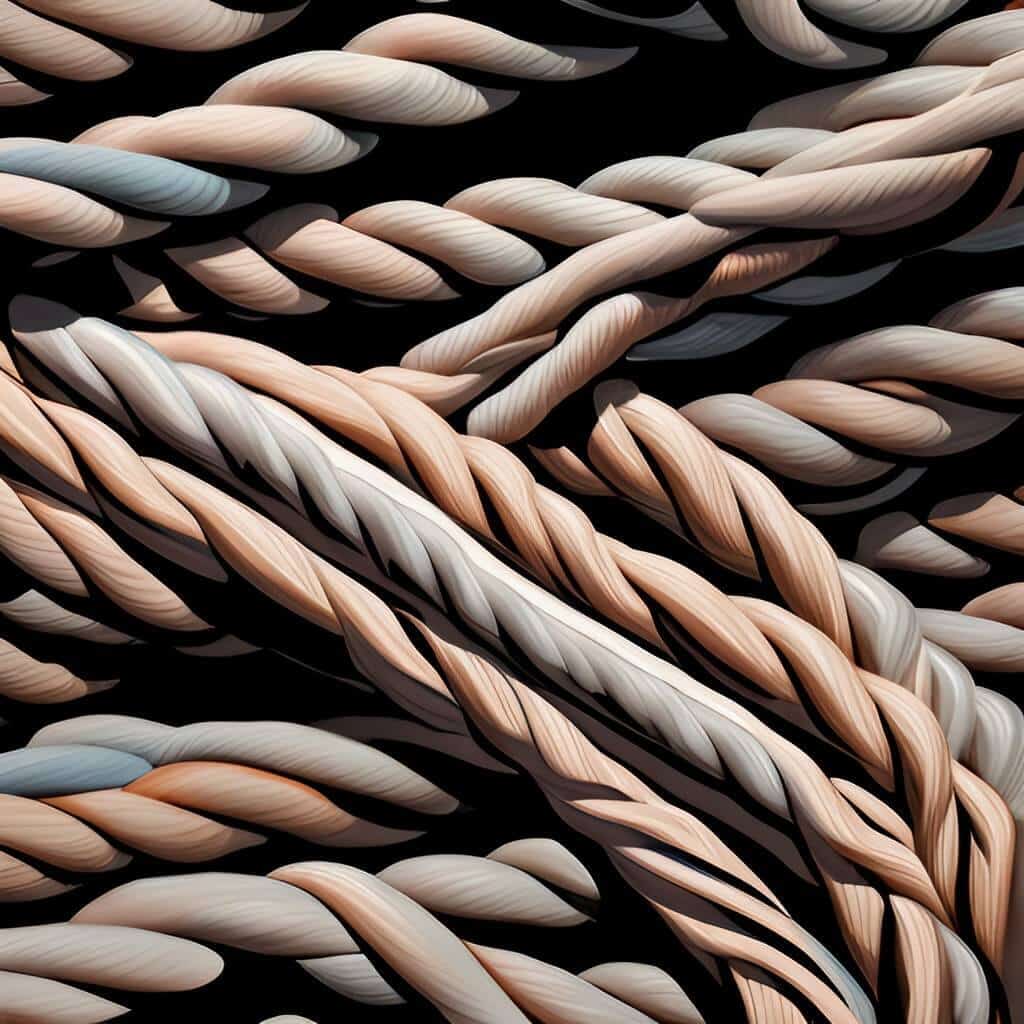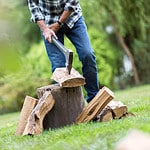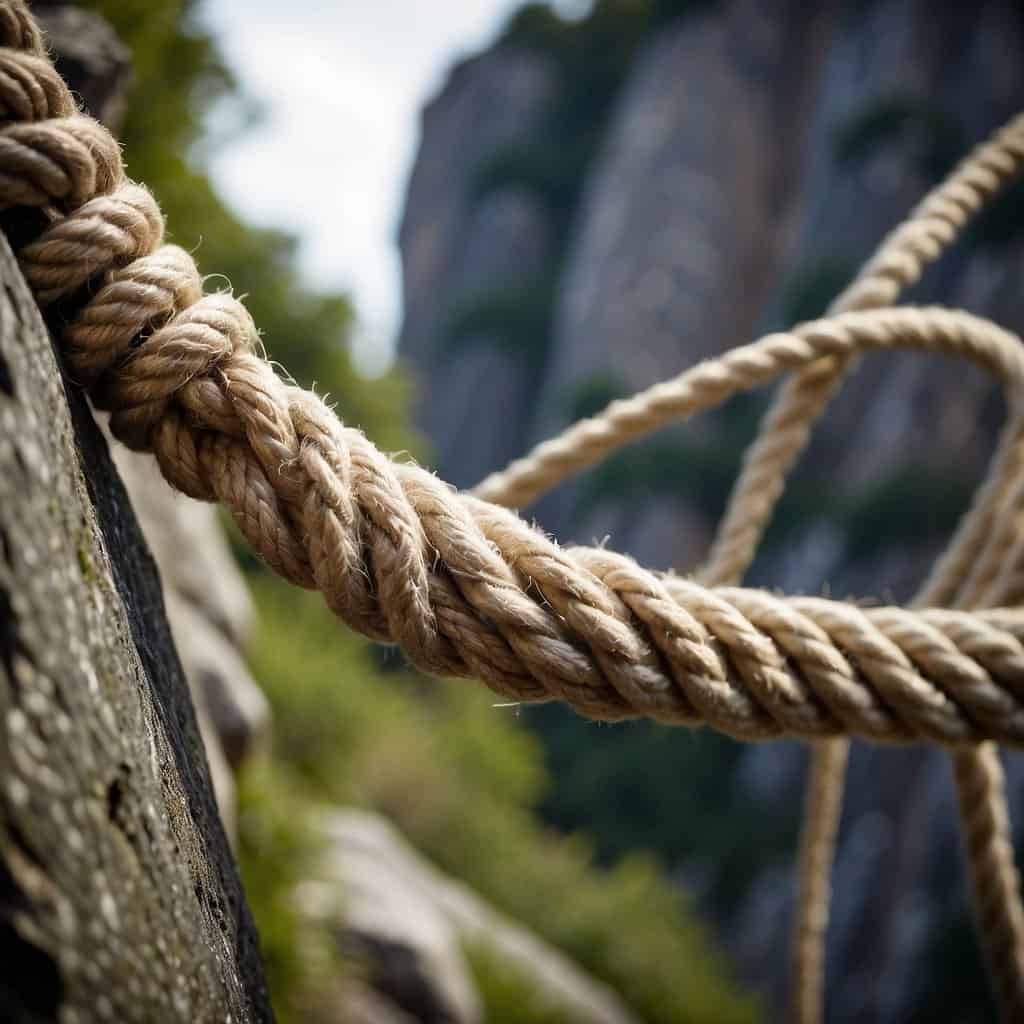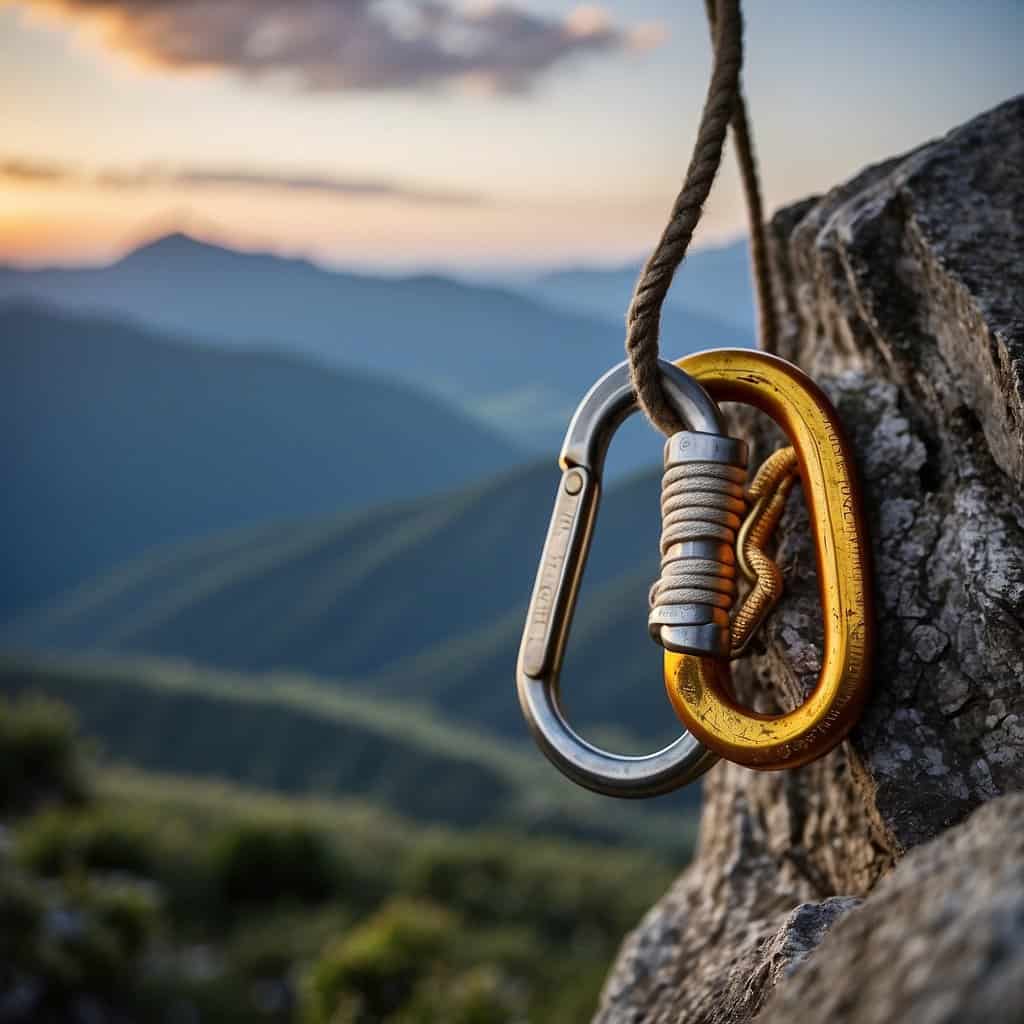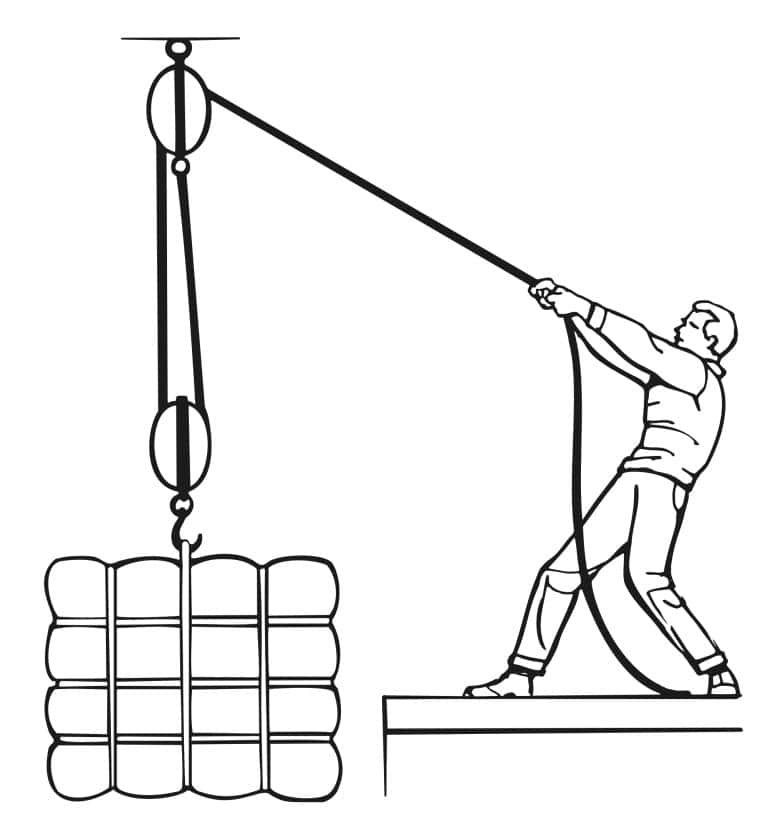Marine rope, also known as boat rope or dock line, is essential for any watercraft as it is used for a wide range of applications, such as mooring, towing, and anchoring.
Table of Contents
What is a Marine Rope?
Marine rope is a type of rope that is specifically designed and manufactured for use in marine environments. Marine rope is made from various materials, including synthetic, natural, wire, nylon, polyester, and polypropylene, each with unique properties and advantages.
Properties of Marine Rope
One of the most critical properties of marine rope is its strength. It must withstand the harsh conditions of the ocean, including high waves, strong currents, and heavy loads. The strength of a rope is determined by its diameter, construction, and material.
Marine ropes are typically made from synthetic fibres such as nylon, polyester, or polypropylene. These materials have high strength to weight ratios and are resistant to UV rays, which can weaken the rope over time.
Marine rope must also be durable and withstand exposure to saltwater, sunlight, and abrasion. The durability of a rope is influenced by its construction and material. Double braided ropes are popular for their durability, as they have a protective cover that shields the inner core from damage. Solid braided ropes are also durable but have a smoother surface that can be more slippery when wet.
Another critical property of marine rope is its corrosion resistance. Saltwater can cause metal components of the rope to rust and weaken, so choosing a rope with non corrosive materials is essential.
Synthetic ropes are naturally resistant to corrosion, but some metal components, such as hooks or clips, may still be used, which may corrode, affecting the rope. In this case, stainless steel or other non-corrosive metals will ensure the longevity of the marine rope.
Ropes have been apart of our lives and their history rich in development. Our guide The History of Rope explores the adventure.
Types of Marine Rope
Several types of marine rope are available, each with unique properties and characteristics. Some of the most common types of marine rope include:
- Nylon Rope: Nylon rope is a popular choice for marine applications due to its high strength, excellent shock absorption, and resistance to abrasion and UV rays. It is also very stretchy, which can help reduce stress on the rope and the attached equipment.
- Polyester Rope: Polyester rope is another popular choice for marine applications as it has low stretch and high strength and is highly resistant to UV rays, abrasion, and chemicals, making it ideal for anchoring and towing.
- Polypropylene rope: Polypropylene rope is a lightweight and affordable option for marine applications. Polypropylene rope is highly resistant to UV rays and chemicals but has lower strength and stretch characteristics than nylon or polyester and should not be used for heavy duty applications.
- Wire Rope: Wire marine rope is made from steel wires twisted together to form a solid and durable rope. It is often used for heavy duty applications, such as towing and anchoring.
Uses of Marine Rope
Marine rope is a versatile material with a wide range of applications in various industries. Marine rope is essential to your equipment, whether boating, fishing, or working in the offshore oil and gas industry. Here are some of the most common uses of marine or nautical rope:
Boating and Sailing
Marine rope is an essential component of boating and sailing equipment used for a variety of purposes, including:
- Docking and mooring: Marine rope is utilized to tie boats to docks and other mooring points. It is strong, durable, and can withstand the harsh marine environment.
- Rigging: Marine rope is the rope used to rig sails and control lines on boats and sailboats as it is lightweight, flexible, and easy to handle.
- Safety: Marine rope is used to create safety lines and harnesses for crew members. It is strong enough to support a person’s weight and can withstand the forces of the ocean.
Fishing
Marine rope is also widely used in the fishing industry. It is used for:
- Netting: Marine rope is utilized to create nets used to catch fish. It is strong, durable, and can withstand the weight of the catch.
- Traps and pots: Marine rope is the go to rope to create traps and pots used to catch crabs, lobsters, and other shellfish. It is strong enough to withstand the forces of the ocean and can last for years.
- Longlining: Marine rope is used to create longlines that are used to catch fish. It is strong, durable, and can withstand the weight of the catch.
Offshore Oil and Gas Industry
Marine rope is also used in the offshore oil and gas industry for:
- Mooring: To moor offshore platforms and drilling rigs. The rope is strong enough to withstand the forces of the ocean and can keep the platform or rig in place.
- Towing: Marine rope is utilized to tow barges and other vessels in the oil and gas industry. It is strong, durable, and can withstand the weight of the towed vessel.
- Lifting: Marine rope is also used to lift heavy equipment and materials on offshore platforms and drilling rigs.
Maintenance of Marine Rope
Proper maintenance of marine ropes is crucial to ensure their longevity and safety. Here are some tips for maintaining your marine/nautical ropes:
- It is essential to clean your ropes regularly to remove salt and dirt buildup, as these ropes are exposed to saltwater, sunlight, and other harsh elements that can cause damage. Use fresh water and a mild soap solution to clean the ropes, and avoid using harsh chemicals or bleach, as this can weaken the rope fibres.
- Inspect your marine ropes regularly for signs of wear and tear. Look for frayed or damaged fibres, knots, and kinks. If you notice any damage, replace the rope immediately. A damaged rope can break under pressure, causing accidents and injuries.
- Proper storage is crucial for maintaining the integrity of your marine ropes. Store the marine ropes in a dry, cool place away from direct sunlight. Avoid storing the ropes in damp or humid areas, as it can cause mold and mildew growth.
- Lubricating your marine ropes can help to prevent wear and tear and prolong their life. Use a marine grade lubricant to coat the ropes, and avoid using petroleum based lubricants as they can damage the rope fibres.
- Tension can cause damage to your marine ropes. Try to avoid over tightening of the ropes, as it can cause them to stretch and weaken. Use the appropriate tension for the specific application.
Final Thoughts
Marine rope is an essential piece of equipment for any watercraft, and selecting the correct type of rope for your specific application is crucial for ensuring maximum safety and performance. Understanding the properties and characteristics of different kinds of marine rope, such as strength, durability, and corrosion resistance, can help you decide when choosing the suitable rope for your needs. Regular maintenance, including cleaning, inspection, storage, lubrication, and proper tension, can also help prolong the life of your marine rope and ensure its safe and effective use.
Frequently Asked Questions
What is the difference between double-braided and solid braided marine rope?
Double braided marine rope has a protective cover that shields the inner core from damage, making it more durable than solid braided rope. Solid braided rope has a smoother surface that can be more slippery when wet, but it is still a strong and durable option.
Can I use any type of rope for anchoring my boat?
No, not all types of rope are suitable for anchoring. Nylon or polyester rope is recommended for anchoring due to its high strength and low stretch characteristics.
How do I choose the correct diameter for my marine rope?
The diameter of the rope will depend on the specific application and the weight it needs to support. Thicker ropes are generally stronger but may be more challenging to handle, while thinner ropes are easier to handle but may not be as strong.
Can I use natural fibre ropes for marine applications?
Natural fibre ropes, such as manila and hemp, are not recommended for marine applications as they can rot over time and are not as strong as synthetic fibres.

